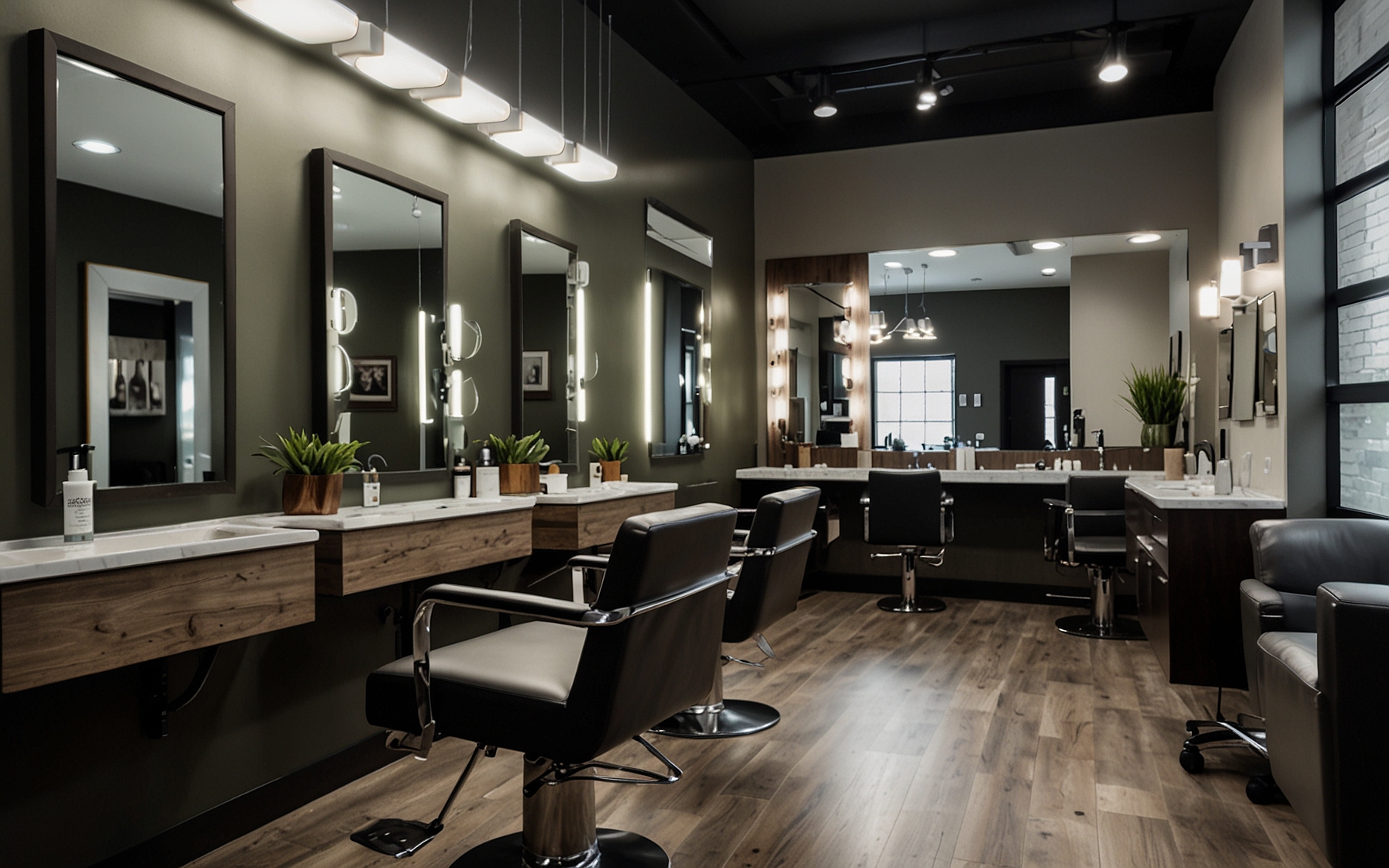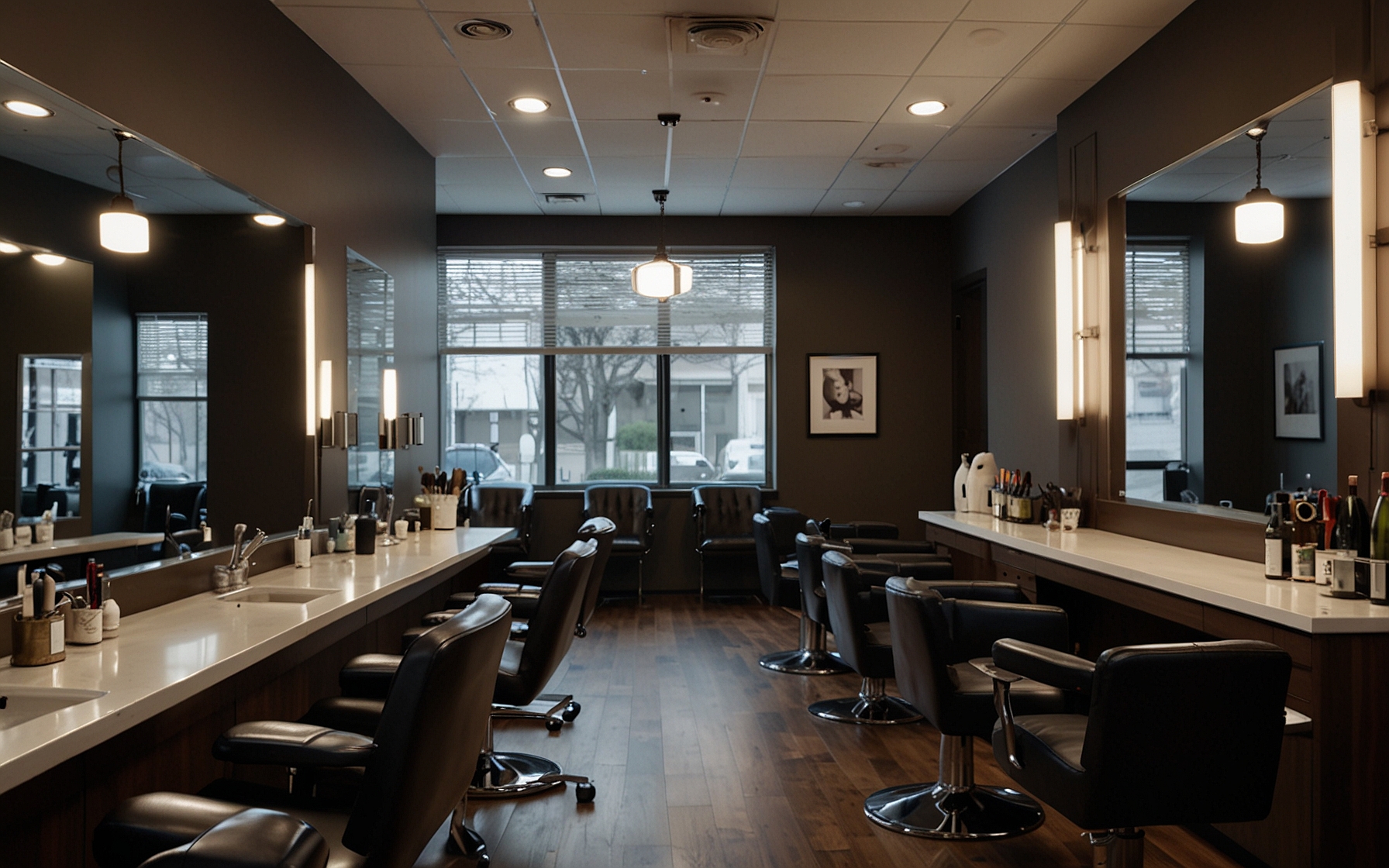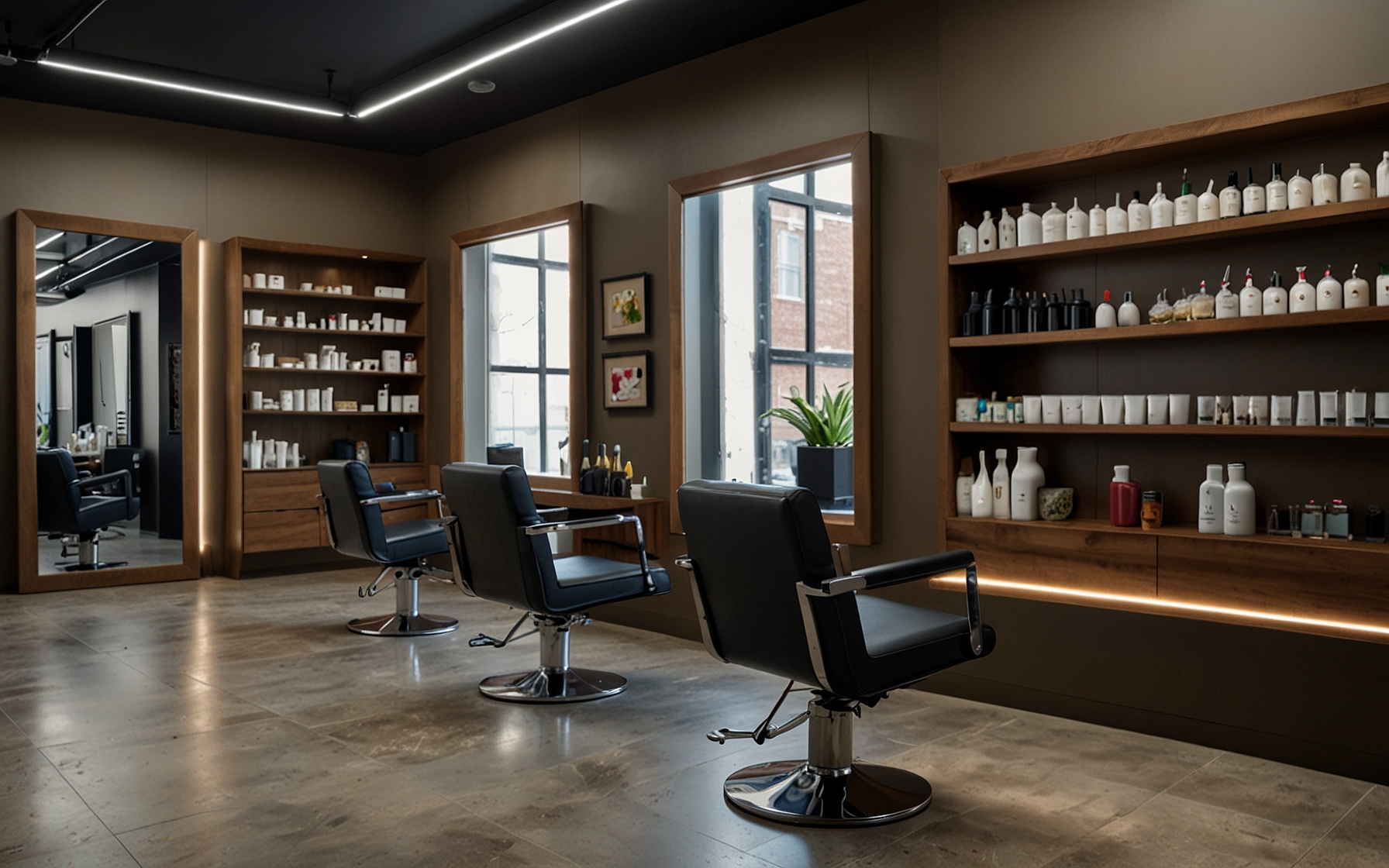Epic Evolution of Nail Art: Past to Future
Nail art has fascinated people for thousands of years, evolving from simple henna designs in ancient Egypt to highly intricate digital renderings today. Its journey through time reflects broader cultural changes and technological advancements, making it a captivating subject both historically and contemporaneously.
The origins of nail art stretch back to ancient civilizations such as China, Egypt, and India. In these early societies, nail decoration was often a marker of social status, religious beliefs, and even marital status. For example, ancient Egyptian women used henna to dye their nails, while Chinese aristocrats favored gold and silver paints to adorn their nails. This early blend of artistry and social signaling set the stage for nail art's continual evolution.
As we moved into the 20th century, nail art began to see mainstream popularity, especially during the 1920s and 1930s. Hollywood stars like Jean Harlow and Marlene Dietrich showcased long, polished nails, making them a fashion staple. The 1960s and 1970s saw an explosion of creativity, with the introduction of bold colors, glitter, and decals. By the time the 1980s and 1990s rolled around, nail art had reached new levels of sophistication with airbrushing techniques, 3D designs, and elaborate patterns.
Today, nail art is a booming industry, with salons and spas in places like Secaucus, NJ offering a wide variety of services ranging from classic French manicures to avant-garde designs. This diversification allows clients to express their individuality through their nails, turning a simple manicure into a form of personal expression.
Technological and Cultural Shifts in Nail Art
The future of nail art promises even greater technological integration, with virtual reality (VR) and augmented reality (AR) tools becoming increasingly popular. These technologies allow clients to preview and customize their designs in real-time, providing a personalized experience like never before. Innovations such as gel-x nails and dip powder are also expanding the possibilities, making nail art more accessible and affordable for a wider audience.
Cultural insights indicate that nail art will continue to mirror social trends and values. For example, the growing acceptance of gender fluidity and non-binary identities is encouraging more men to experiment with nail art. Additionally, the rising focus on wellness and self-care is influencing trends toward natural and organic products and techniques.
Professional Predictions and Best Practices
Professional predictions suggest a rise in personalized and bespoke nail art services, with clients increasingly seeking unique, one-of-a-kind designs that reflect their personality. The integration of sustainability practices is also expected to grow, with a focus on eco-friendly materials and energy-efficient equipment. Data-driven insights and analytics will likely play a significant role in shaping future trends, providing clients and professionals with a better understanding of preferences and behaviors.
To capitalize on these trends, nail salons and beauty spas should consider the following best practices:
Stay updated:Keep abreast of the latest trends and techniques in nail art, offering a diverse range of services to meet different client preferences.
Invest in technology:Embrace innovation such as VR and AR tools to enhance the client experience and stand out from competitors.
Embrace sustainability:Use eco-friendly materials and practices, and communicate this commitment to your clients.
Leverage collaboration:Partner with influencers and thought leaders in the beauty industry, using social media and digital marketing to reach a wider audience.
Offer personalization:Provide unique nail art services and exceptional customer service to build client loyalty and satisfaction.
As we look to the future, it's clear that nail art will continue to evolve, reflecting and influencing broader cultural and technological trends. By staying adaptable and forward-thinking, those in the nail industry can look forward to a future of endless creativity and innovation.
#NailArt #BeautyTrends #SelfExpression #InnovativeTech #SustainableBeauty










